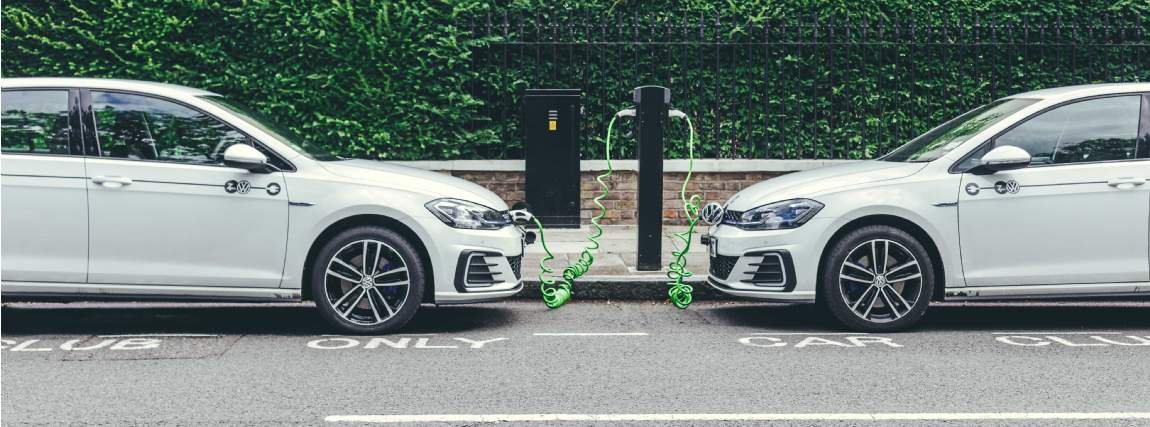The size and style of the houses, the goods in the shops nearby – all this can help build a picture of the relative affluence of a neighbourhood. Now it seems we can add the number of electric cars to the mix.
One of the building blocks to becoming zero carbon by 2050 will be the phasing out of petrol and diesel vehicles, with the UK government committed to all new cars being ULEVs or Ultra Low Emission Vehicles by 2030. Seemingly not a week passes without a car manufacturer releasing its latest electric vehicle or plug-in hybrid.
But while the number of new registrations of ULEVs doubled in the year to the end of September 2020, they still account for less than one per cent of all existing vehicle registrations. Despite lower running costs, the additional cost of production means a lot of those vehicles are targeted at the top end of the car market, while those produced by non-luxury brands still carry a significant up-front premium compared with their more traditional equivalents.
Partly for that reason, such cars are increasingly being seen as a status symbol.
Our research shows that on average, levels of private ownership of electric vehicles and hybrids in local authorities with an average house price of over £500,000 are more than four times those seen in the local authorities where the average price is under £200,000.
In the extreme they account for 1 in 27 privately registered vehicles in the five London boroughs with an average house price over £1 million – Kensington and Chelsea, Westminster, the City of London, Camden and Hammersmith and Fulham. Meanwhile they account for fewer than 1 in 500 privately registered vehicles in eight local authorities, including Middlesbrough, Blaenau Gwent and Hull.
And while 40 per cent of private ULEV registrations are in London and the South East, their highest concentrations are in some of the most affluent areas in each of the 11 regions of the country, with Harrogate topping the list in the North of England, Rushcliffe and Stratford upon Avon doing so in the Midlands.
How then do we get from a position where the electric car is the preserve of the wealthy to one where we have widespread adoption? Much is made of the need for a widespread public charging infrastructure. Generally the growth in the provision of these facilities has gone hand in hand with the rise in vehicle registrations.
Across the country as a whole there are 7.5 ULEVs and 20.5 fully electric vehicles for every public charging point. But there are significant local and regional disparities. London sits alone in terms of having relatively high rates of ULEV registrations and a relatively high number of public charging facilities.
The logistical challenge of the roll out of a public charging infrastructure will mean that access to charging facilities at home will be critical. However, the English Housing Survey tells us that 33 per cent of dwellings do not have a garage or off-road parking facilities, rising to 63 per cent in urban and city centres.
Ultimately, although home charging is critical the importance of destination and on-route charging should not be overlooked. Colleagues in the sustainability team at Savills are working with a number of installers to help with the national roll out of EV charging infrastructure, with the expectation that EV forecourts and charger hubs will have an increasingly important role to play in the coming years.
In the meantime, the extent of electric vehicle ownership in an area is as good a measure as any of the affluence of the neighbourhood. So if the growl of a V8 is being replaced by the whizz of an electric motor where you live, the chances are it is on the up.

.jpg)
.jpg)

.jpg)
.jpg)
.jpg)
.jpg)
.jpg)
.jpg)
.jpg)